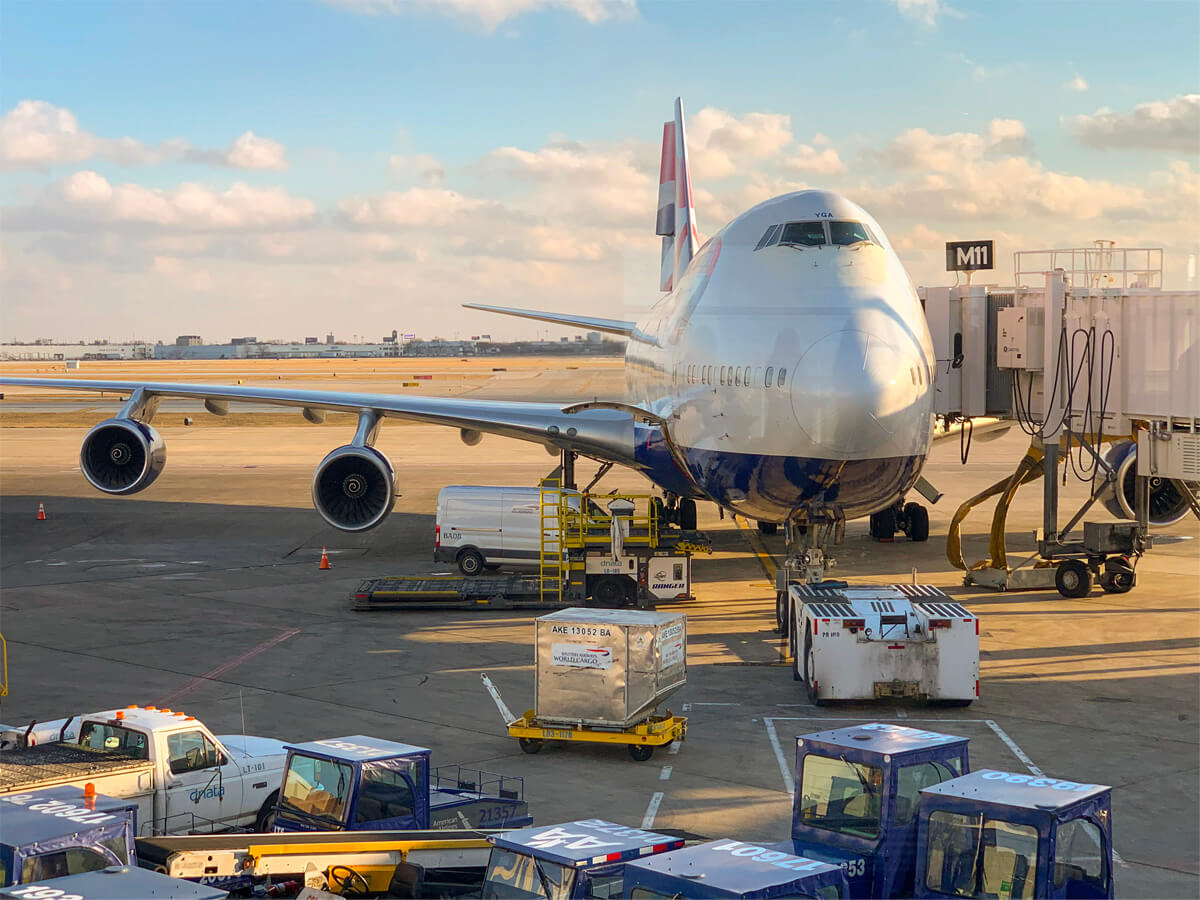6 benefits of fuel efficiency solutions for cargo airlines
Fuel is the #1 cost of any airline. In an increasingly competitive environment, finding ways to reduce fuel costs while improving safety is critical.
Cargo operators are no exception, especially in the context of the current pandemic crisis. The need for cargo operations has increased significantly in response to the emergency of health material supply, and short-time delivery needs all around the world. At the same time, belly cargo capacity in passenger flights has drastically reduced, putting cargo companies at the upfront of the aviation activity. Today, more than ever, it has become vital for these airlines to optimize their operations and improve their efficiency to be competitive and to contribute to the aviation sustainability.
This article provides insight on the benefits a fuel efficiency solution can bring to any airline and highlights more particularly the specific advantages related to cargo operations.
1. Saving fuel is saving money
With a fuel efficiency solution, you can analyze fuel savings initiatives and compute their fuel savings potential. You can compare initiatives’ benefits and select the ones with the highest outcomes or the quickest wins. Based on your actual operations, you decide targets for each initiative and monitor your fuel savings and your progress.
Remember that airline fuel efficiency consists in multiplying small quantities by big numbers, so an accurate analysis is crucial, and any initiative within the company will matter at the end.
2. Involve all the stakeholders in the fuel efficiency project is key
There are many stakeholders to involve in a fuel efficiency program. From flight ops to top management, dispatch to pilots, or even maintenance and engineering, an eco-flying solution can bring benefits to many different areas of an airline.
To do so, an airline needs to gather data from many sources: dispatch, operational control center, program, safety, weight and balance, etc. Learn more on how to set up an efficient fuel team.
To go further on these topics, here are two case studies of airlines that have been there:
Improving fuel efficiency will start with improving an airline’s operations and optimizing its flight planning accuracy. Let’s go more in-depth about that topic in the next paragraph.
3. Dispatch benefit for cargo airlines
With an accurate comparison between your planned flight and your actual flight, you can analyze your company fuel policies (additional reserves set by dispatcher, pilot extra fuel) and see if they are adequate. As you know, the cost of weight is a crucial fuel efficiency factor, and understanding it precisely will improve your analysis accuracy.
A critical benefit of a fuel efficiency solution is to help you improve your fuel onboard accuracy, and that means increase your payload and your revenue.
A more accurate flight plan will also help you analyze your trajectories better and reach additional benefits:
- Control your airspace overflying distances and charges.
- Monitor trajectories and fuel consumption will give you figures to have leverages to discuss with ATC.
4. Weight and balance focus
A fuel efficiency solution allows you to do advanced studies on weight and balance.
For example, you can run an in-depth analysis of the load sheet and Weight & Balance parameters and measures: load index (LI), trim & center of gravity (CG) position on the mean aerodynamic chord (MAC), weight for each cargo compartment, etc.
But more importantly, you will be able to monitor one of the most profitable fuel efficiency best practices for cargo airlines: “Optimized Center of Gravity.”
Indeed, when it comes to aero dynamism and flight laws, two parameters are essential to determine the maneuverability and the stability of the aircraft: the center of gravity and the center of lift. A center of gravity located closer to the forward limit will increase the pitch moment and induce a higher drag, which requires a higher thrust and, therefore, higher fuel consumption. On the contrary, optimizing the center of gravity towards the after limit will reduce the drag and thus the fuel consumption.
For cargo airlines, loading the aircraft is key to define its center of gravity. So having an optimized position of this center of gravity can generate substantial fuel savings.
5. On-time performance
An important side-effect of analyzing your actual flights versus what was planned is to improve your flight time accuracy.
Punctuality is a must for cargo companies as the need for fast delivery, and immediate supply has become a necessity in today’s society. Being on time is now crucial to boost your activity, increase your competitiveness, and be more attractive to your customers.
Having the ability to monitor precisely the punctuality of your operations throughout your network is a goldmine to be ahead of your competition.
6. Reduce your environmental footprint
Nowadays, more and more people are conscious of the emergency of climate change and the necessity for the industry to go greener. Aviation and more precisely cargo operations are no exception.
A fuel efficiency solution can help you to contribute to a more sustainable world as not only it helps to reduce your fuel costs, but it also reduces your CO2 emissions.
By improving the efficiency and the green procedures, you will strengthen your green reputation and, therefore, will increase the attractiveness of your airline’s services, products, and brand.
READ MORE
Like what you see? Want to learn more about fuel efficiency?
Discover more case studies and stories from airlines that have been there:




